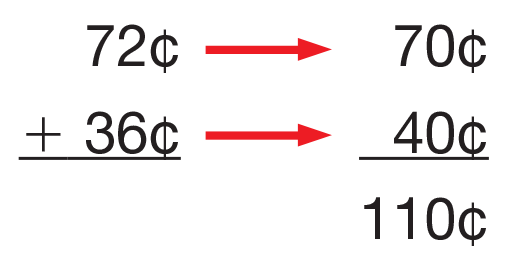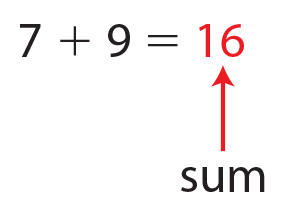Students solve addition word problems using different methods such as expanded form, all-partials, and mental math, and different tools. They make estimations and check the reasonableness of their answers. They learn that a calculator is one of many tools available for checking answers and solving problems.
Content in this Lesson
- Adding two-digit and three-digit numbers using mental math strategies (e.g., composing and decomposing numbers, counting on) using the 200 Chart, base-ten pieces, and number lines [E3].
- Adding two-digit and three-digit numbers using paper-and-pencil methods such as expanded form and all-partials [E4].
- Choosing good tools and strategies for solving addition problems [MPE2].
- Using estimation to determine the reasonableness of answers [MPE3].
- Estimating sums using mental math strategies (e.g., rounding using benchmarks, using friendly numbers, composing and decomposing numbers, counting on) [E6].
- Showing work [MPE5].
Assessment in this Lesson
| ASSESSMENT | EXPECTATION ASSESSED |
MATH PRACTICES EXPECTATION ASSESSED |
|---|---|---|
|
Many Ways to Solve a Problem with Feedback Box Student Activity Book Pages 379–380 |
|
|
|
DPP Item AA Addition Facts Quiz: Group E |
|
|
|
DPP Item CC Fact Families Quiz: Group E |
|
|
|
Midyear Test Teacher Guide - digital |
|
















